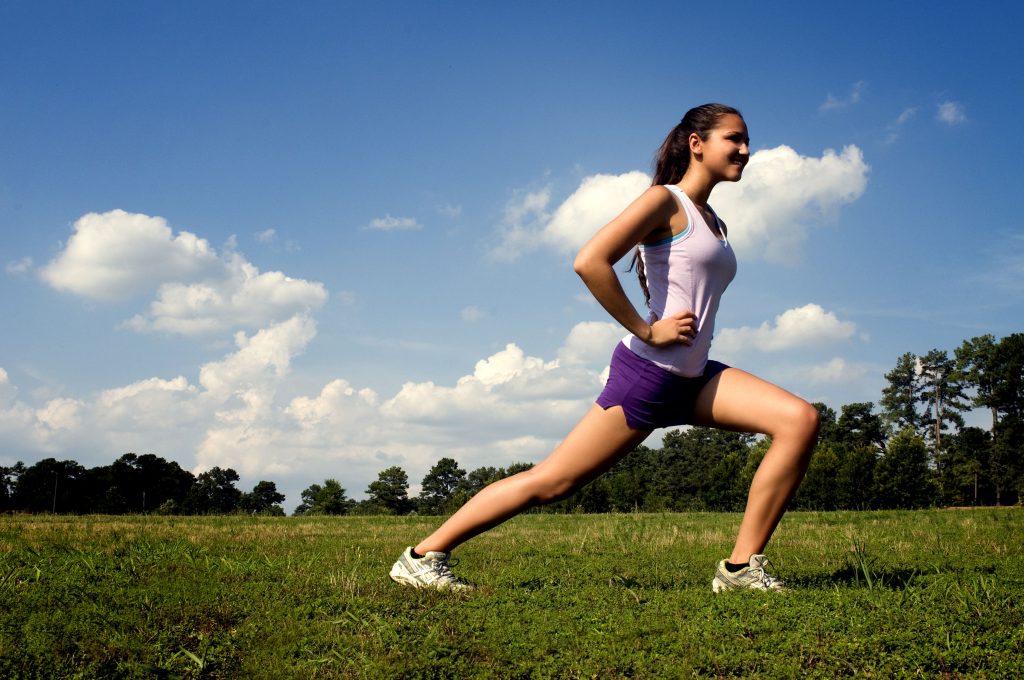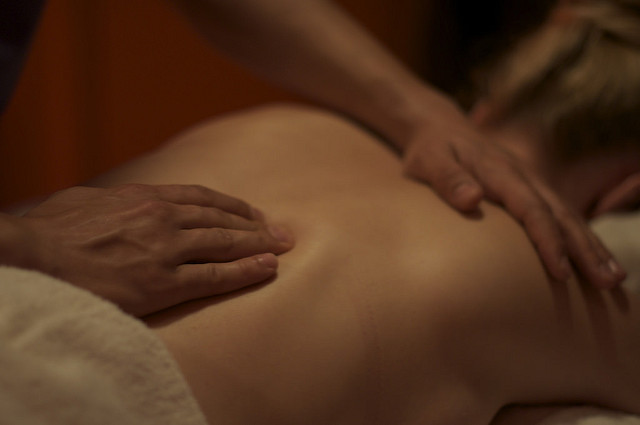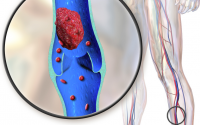A study from Brazil published in Journal of Exercise Rehabilitation investigated the acute effects of static stretching on skin temperature, flexibility, passive muscle stiffness, and pain during hamstring stretching in healthy young subjects.
Why would this be important?
Because if stretching increases skin temperature, then it can be assumed that it increases the temperature of the myofascial tissues. This would mean that stretching might be an effective means of warming up the body.
Study
Thirty-one participants (n = 31) were randomly divided into 2 groups: an experimental group which was submitted to progressive hamstring stretching exercise for 180 seconds, and the control group which did not stretch. Participants in the stretching group were first positioned on a stretcher in the supine position with their hip flexed to 90°. They were then asked to perform a maximum extension of the knee and maintain the position for about 10 seconds; they then relaxed before performing further repetitions. The total time spent stretching during this protocol was 180 seconds (3 minutes).
Concurrently, skin temperature was measured in subjects’ posterior thigh using a thermographic camera at 7 time points with 30 second intervals: T0 (rest), T30, T60, T90, T120, T150, and T180. In addition, the knee range of motion, passive stiffness, and muscle soreness (visual analogue scale) were recorded during the stretching procedure at the same times.
The results showed that stretching progressively increased skin temperature (30.8°C ± 0.6°C to 31.1°C ± 0.6°C). As expected, stretching also increased the range of motion and muscle soreness levels. Additionally, there was an increment of passive stiffness that was partially reversed toward the end of the stretching period.
This research presents evidence that constant, passive, and progressive stretching of the hamstrings progressively increased the local skin temperature by about 0.3°C after 180 seconds of stretching.
Conclusion
It has been assumed that stretching does not promote muscle warming and therefore is not effective as a warm-up. These findings may help to understand the effects of repeated stress on the muscle-tendon unit and the role of muscle stretching in warm-up protocols and rehabilitation.


